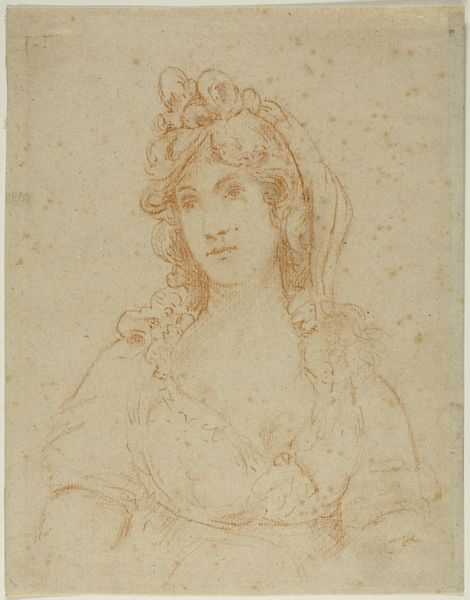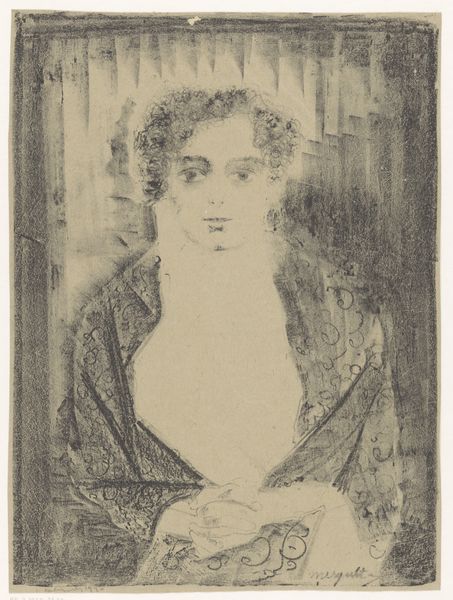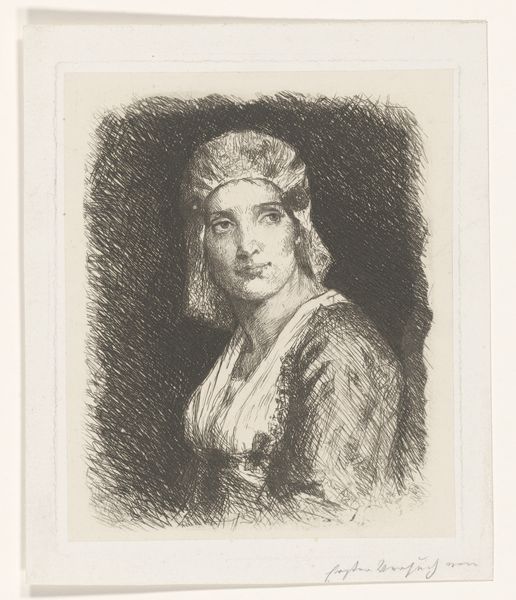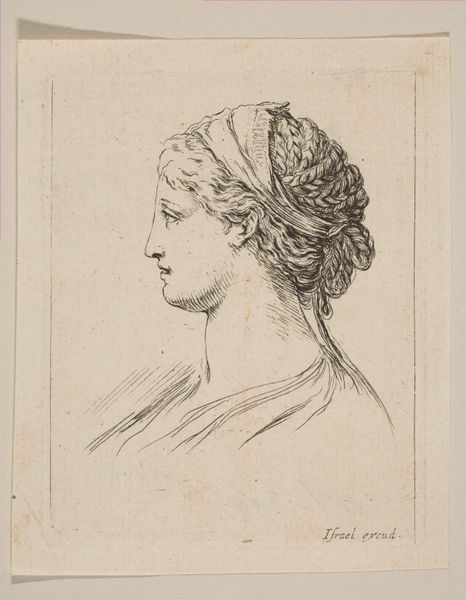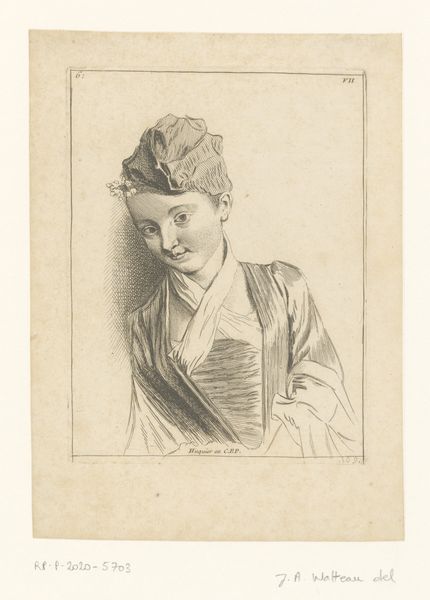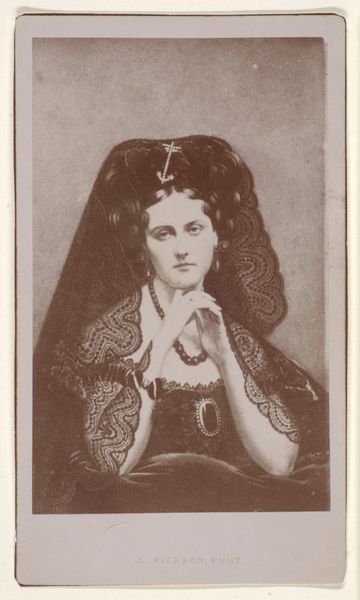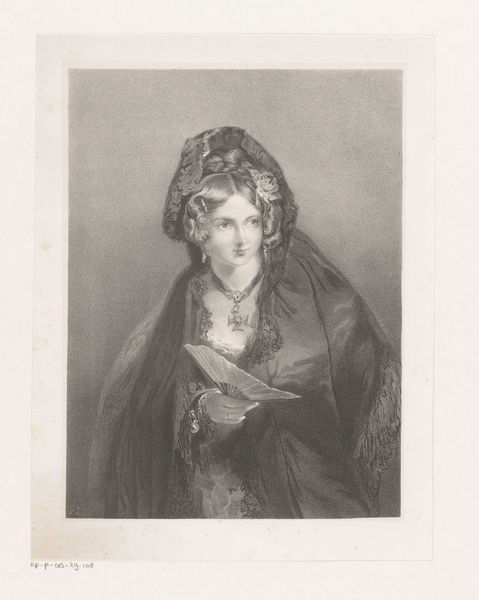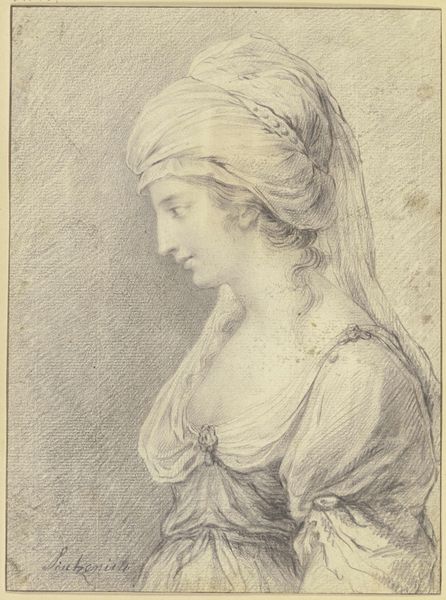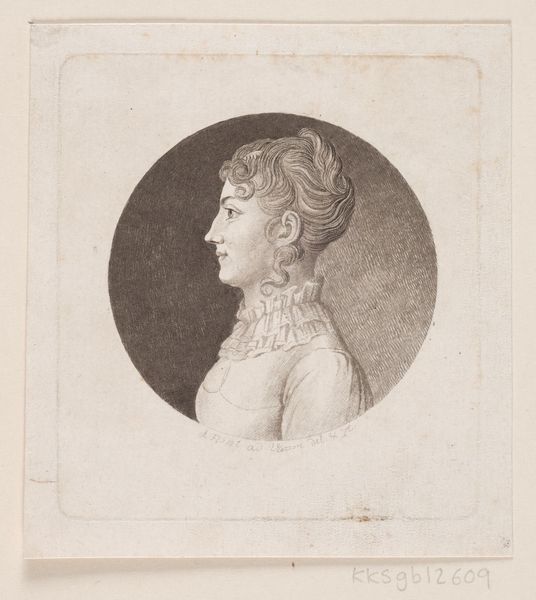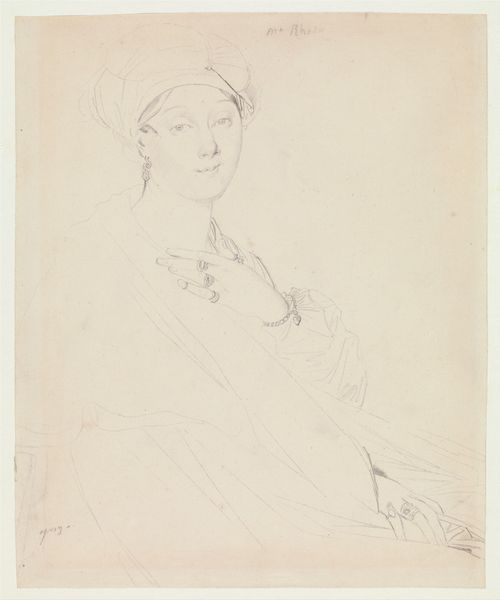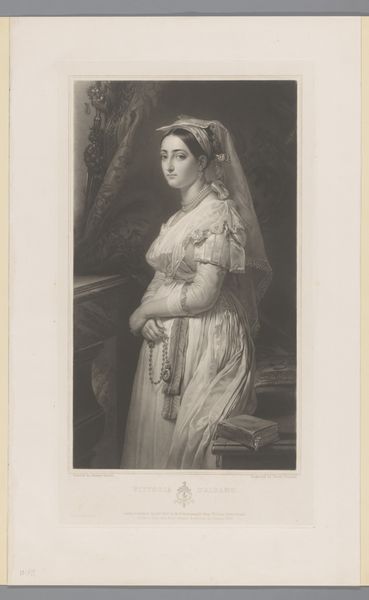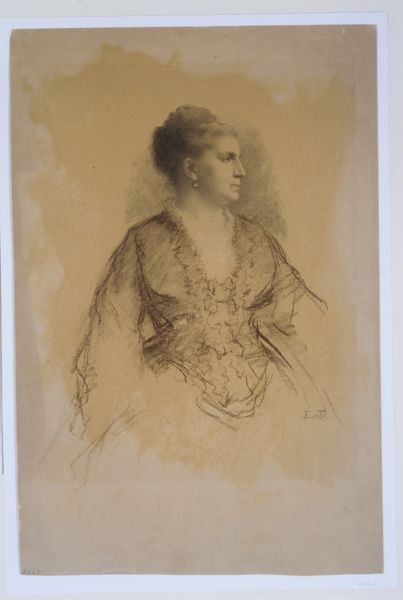
Copyright: Public Domain
This is Pierre-Louis Pierson’s "Reine d'Etrurie," a photograph printed on albumen silver. The photograph's sepia tones are a direct result of the process: albumen, derived from egg whites, coats the paper, reacting with the silver compounds during development to create this distinctive hue. But the material story goes deeper. Pierson was celebrated for his portraits of high society, often depicting them as if they were royals. This image shows how photography became both a symbol and instrument of the gilded age. Photography democratized portraiture, but it also introduced new forms of labor and class distinction. Photographers like Pierson built studios that relied on technicians and assistants, a complex hierarchy supporting the illusion of effortless beauty. Pierson’s portraits thus encapsulate the paradox of photography as a medium that blurred the lines between art and industry, representation and reality, labor and leisure. Considering how the photograph was made, and the social context of its making, complicates any simple judgment about its value.
Comments
No comments
Be the first to comment and join the conversation on the ultimate creative platform.
